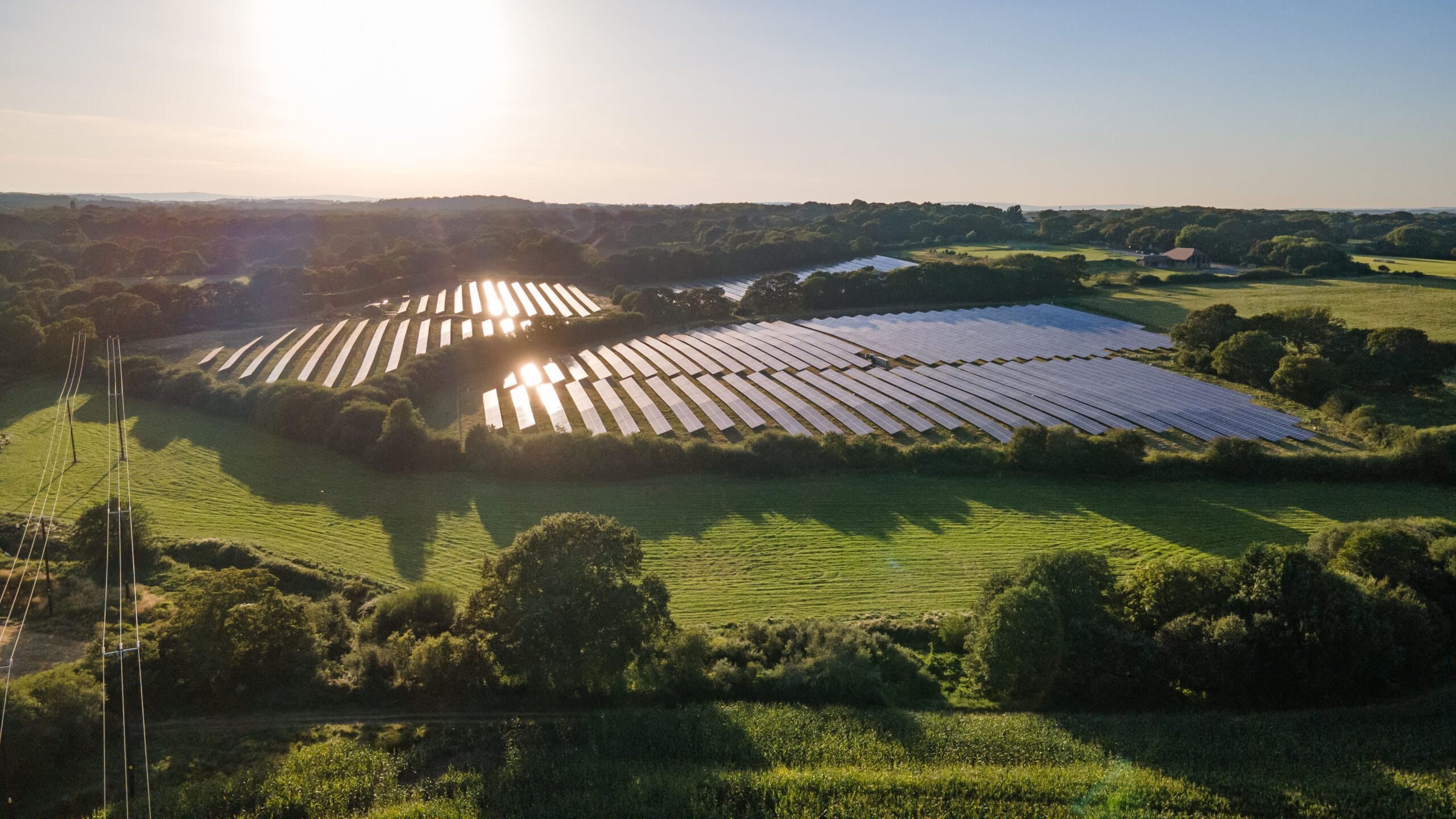Sewer adoption: The private vs public debate
Are sustainable drainage systems (SuDS) becoming harder to adopt for new residential developments? What are the challenges of site-wide SuDS strategies? Technical Director, Jason Morgans, has worked in the field of highways, transportation engineering and drainage for more than 25 years. In the following article he reflects on changes in both design approaches and policy guidance and asks whether there is a disconnect between the conditions of the various authorities involved in adoption decisions.
When I began designing infrastructure for residential development sites, it was almost a given that roads would be designed to adoptable standards, with the intention that they would be adopted by the highway authority under a Section 278 or 38 agreement. The same would apply for drainage systems. Here, the preference would be for adoption by the sewer authority under a Section 104 agreement. The rationale? It was desirable for the maintenance of this infrastructure to be undertaken by a public body. The alternative was leaving residents with the maintenance liability of a private road, which was considered inappropriate at the time.
by the highway authority under a Section 278 or 38 agreement. The same would apply for drainage systems. Here, the preference would be for adoption by the sewer authority under a Section 104 agreement. The rationale? It was desirable for the maintenance of this infrastructure to be undertaken by a public body. The alternative was leaving residents with the maintenance liability of a private road, which was considered inappropriate at the time.
More recently, the default position is that many developers plan from the outset for the internal road network and drainage infrastructure to remain private. Some highway authorities’ guidance states that residential access roads serving more than ten dwellings will be offered for adoption. The authorities are therefore actively encouraging road adoption. Despite this, there appears to be reluctance in the industry to take up this offer. This also seems to be the case for foul and surface-water drainage.
Adoption benefits
There could be many advantages of adopting residential roads and drainage systems. The maintenance is undertaken by a public body. The standards of maintenance are secured by agreed targets and legislation, with accountability to the general public. Resources and infrastructure are put in place in the local area to deliver the required maintenance. Responsibility of the funding of maintenance in perpetuity is passed from the developer or residents to the adopting authority.
However, the evolution of road and drainage design and planning policy has impacted on the ability of developers to deliver an offering that meets adoptable standards. Consequently, the benefits are often not being seen in developments built with infrastructure that is offered for adoption.
This is particularly true for SuDS. Highway and sewer authorities have generally always taken a conservative approach to acceptance of adoptable infrastructure. In the past, drainage systems were designed to meet adoptable standards. But further back, we did not have to meet the requirements of a site-specific flood risk assessment or drainage strategy, or the one-in-100-year-plus climate change return period, or provide strategies for the treatment of surface-water runoff.
These requirements are a positive and a necessary evolution. To deliver them the design of SuDS infrastructure is needed, such as permeable paving, ponds, basins and swales to drain internal roads. But since these requirements were introduced, highway and drainage authority adoption conditions have not kept pace.
This is illustrated when examining the huge variation in published criteria across different authorities in England. In Sussex, SuDS are adopted as highway drainage, and include ponds, swales, ditches and underground attenuation tanks. Permeable paving and underground cellular-based systems are not preferred. Meanwhile, in Hampshire, the technical guidance states that adoption of permeable paving is only considered if it complies with 26 conditions.
Disconnect
Similarly, highway authorities will not permit water to drain from private areas, roofs and hard standing into the highway drainage system. This can result in the need to develop two separate systems, which is not always easily achieved within the parameters of a SuDS design. During the planning application process, the planning authority and flood authority will generally support, if not actively encourage, the use of permeable paving.
There exists a disconnect between what is stipulated by the local planning authority, the lead local flood authority and the highway authority. Private adoption of infrastructure is therefore one way to get round the significant hurdles imposed at planning stage.
The Code for Adoption provides for the adoption of SuDS that could be approached in the same way as a sewer or lateral drain. Sewer authorities have published guidance that can pave the way to adoption of swales, bio-retention systems, ponds, wetlands and basins. Sewer authorities will not, however, adopt storage crates or permeable paving. This becomes a barrier in SuDS adoption. Here, planning policy and SuDS guidance encourages a site-wide strategy using a variety of methods, some of which will not be adopted by the sewer authority under their current guidance.
Navigating the varied conditions stipulated by the relevant authorities across England requires skill, imagination and creativity in an environment where policy guidance, adoption conditions and design approaches must evolve together.
In future, enactment of Schedule 3 of the Flood and Water Management Act 2010 should help to resolve some of these challenges, with its recommendation for local approval bodies and national standards for design, construction, operation and maintenance of assets. Even then, access to the right skills and capabilities will be key to successful implementation.
For a preliminary conversation about the flood-risk and drainage challenges of your scheme, email jmorgans@motion.co.uk
This article first appeared in the Sustainability Special Issue of Insight



